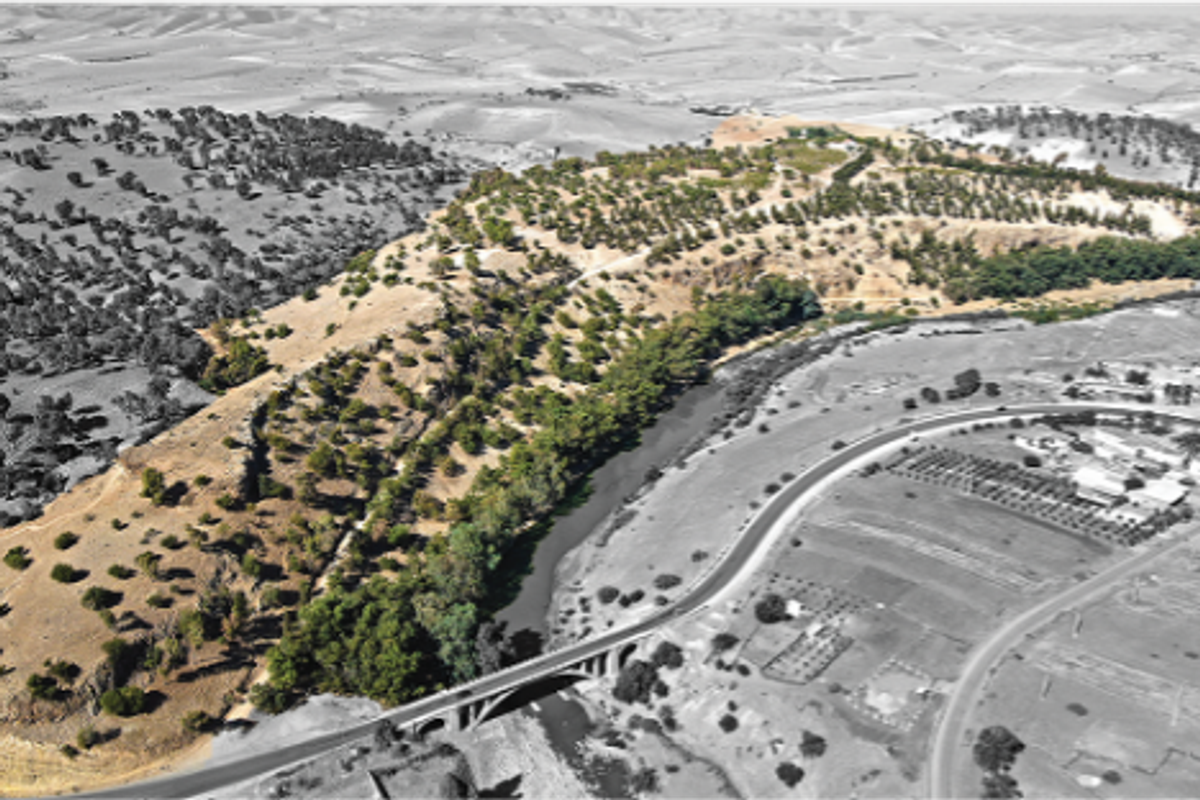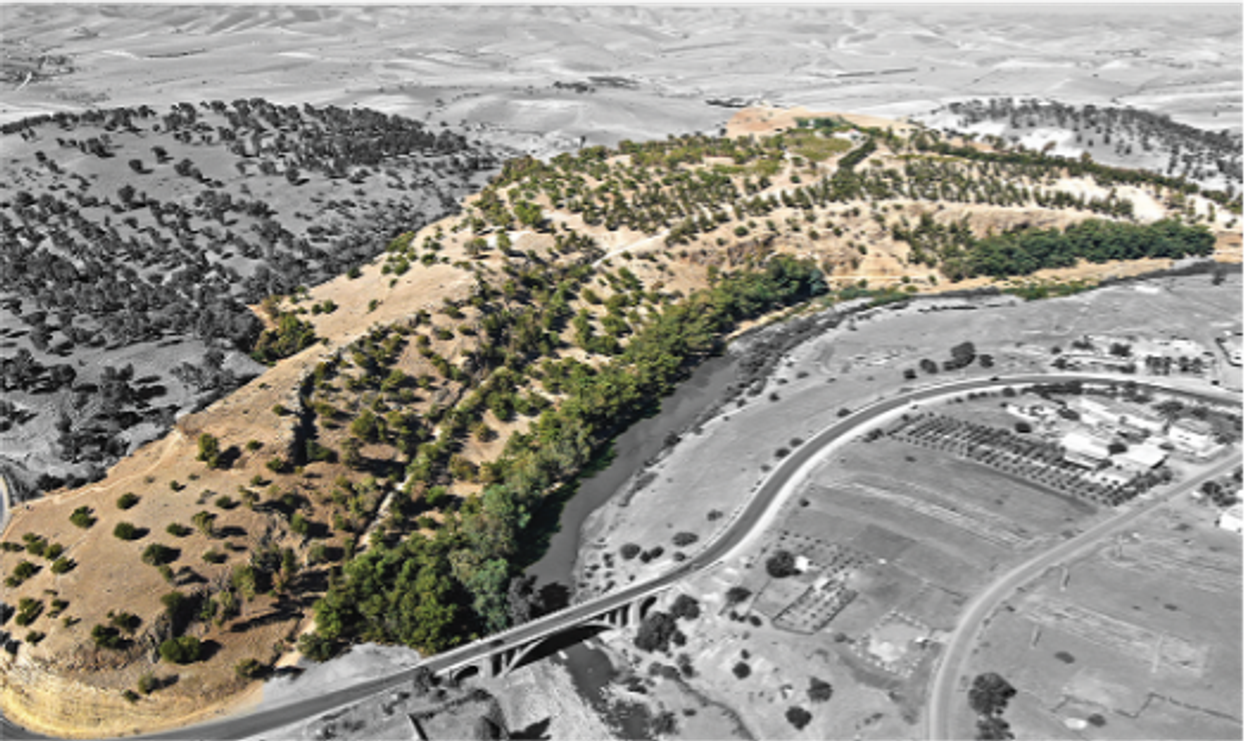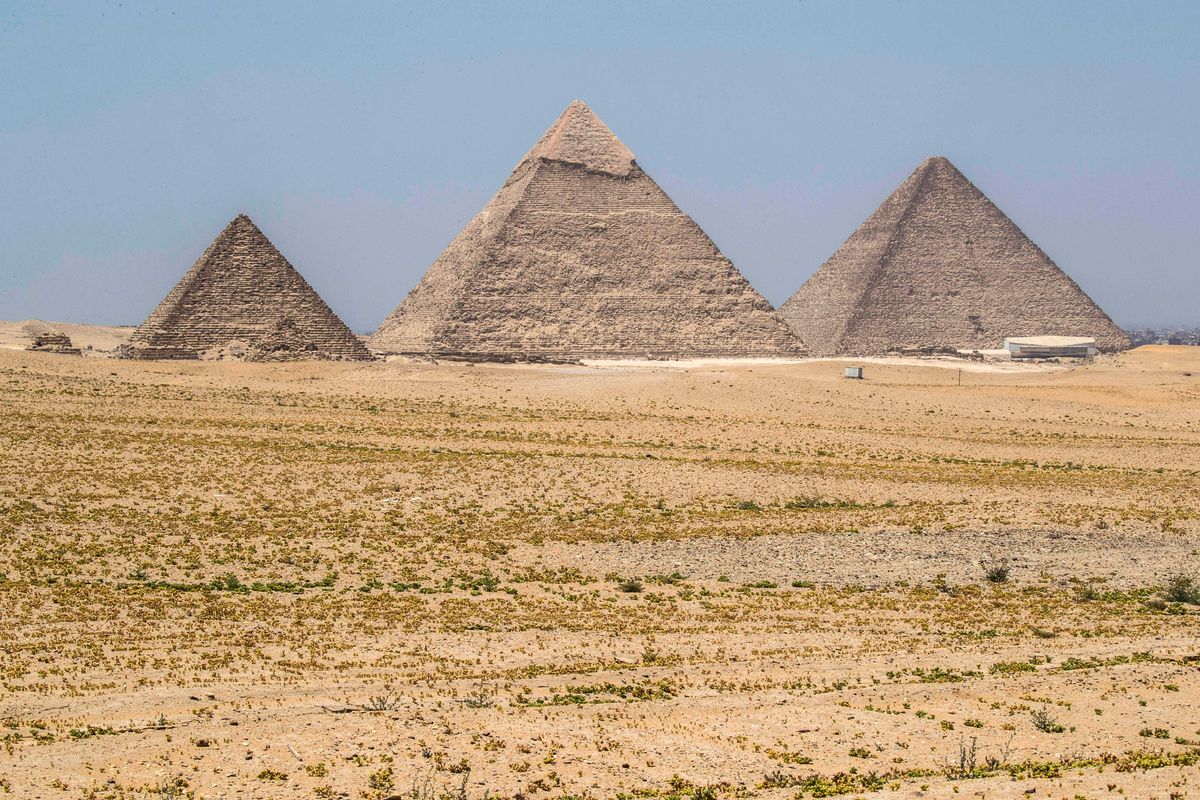Science & Tech
Harriet Brewis
Oct 02, 2024
The Most Impressive Ancient Ruins in the World
WatchMojo - MojoTravels / VideoElephant
The remains of a long-lost society have been unearthed in Morocco, in a discovery that could rewrite the ancient history of North Africa.
The settlement dates back more than 5,000 years and is around the same size as the iconic city of Troy, radiocarbon dating and other analysis has revealed.
Interestingly, experts believe that the former community was a “melting pot” of different cultures – with the people travelling from a range of different regions and countries to make their home there. These included groups from the Sahara, Iberian Peninsula and the Middle East.
The archeological treasure trove in northern Morocco, called Oued Beht, was first found by French colonists in the 1930s. It was then largely disregarded for some 90 years, until Moroccan archaeologist Youssef Bokbot decided it was worth investigating further, Live Science reports.
On 31 July of this year, Bokbot and his fellow researchers published a study in the journal Antiquity, shedding light on their extraordinary finds at the site.

The team used samples of charcoal and seeds to date the site to between 3400 and 2900 BC. And the paper’s co-first author Giulio Lucarini, of the National Research Council of Italy, told Live Science that they had dug up an "insane quantity of pottery shards and polished axes,” belonging to its Neolithic residents.
The researchers have concluded that the inhabitants of Oued Beht were farmers who grew barley, wheat, peas, olives and pistachios on the arid land, and who also kept sheep, goats, pigs and cattle.
This all suggests that this long-forgotten people produced goods to trade with the many other Bronze and Copper Age societies in the region at the time including, potentially, Egypt and Mesopotamia.
Furthermore, archaeologists have previously uncovered evidence of ivory and ostrich eggs making it over to Europe during this period. But until now, no one could figure out which societies in Africa would have had the capabilities to ship over these goods.
It has long been assumed that North Africa was inhabited primarily by hunter-gatherers and nomadic peoples during this time, rather than the stationary, farming-based societies known to have existed across the Mediterranean.
Put simply, before this discovery, nothing was known about farming in North Africa outside of the Nile Valley. The find, therefore, fills a gaping hole in the combined history of Africa and the Mediterranean.
As Broodbank put it in a statement: "For over thirty years I have been convinced that Mediterranean archaeology has been missing something fundamental in later prehistoric north Africa.
"Now, at last, we know that was right, and we can begin to think in new ways that acknowledge the dynamic contribution of Africans to the emergence and interactions of early Mediterranean societies."
Sign up for our free Indy100 weekly newsletter
How to join the indy100's free WhatsApp channel
Have your say in our news democracy. Click the upvote icon at the top of the page to help raise this article through the indy100 rankings
Top 100
The Conversation (0)














